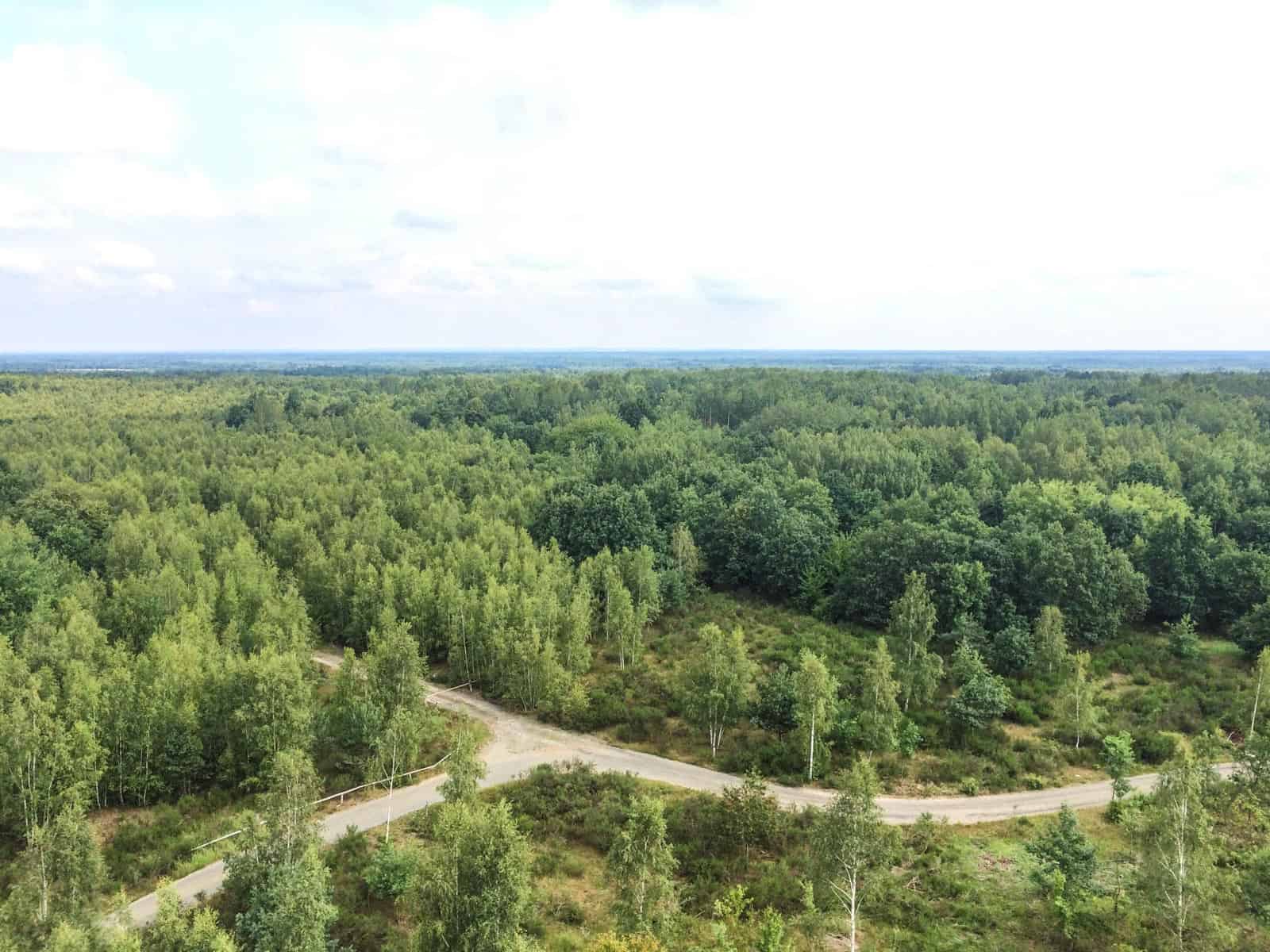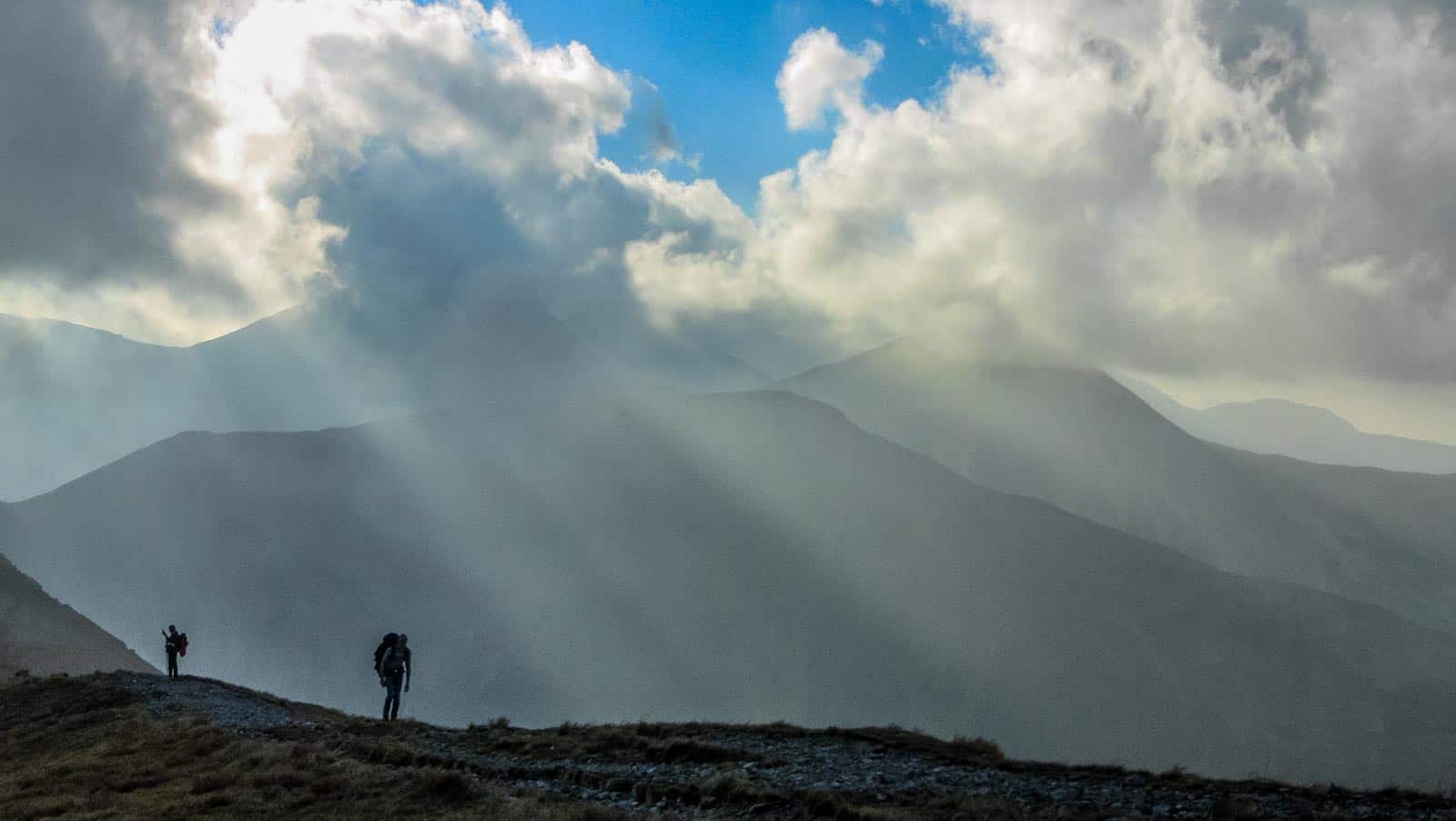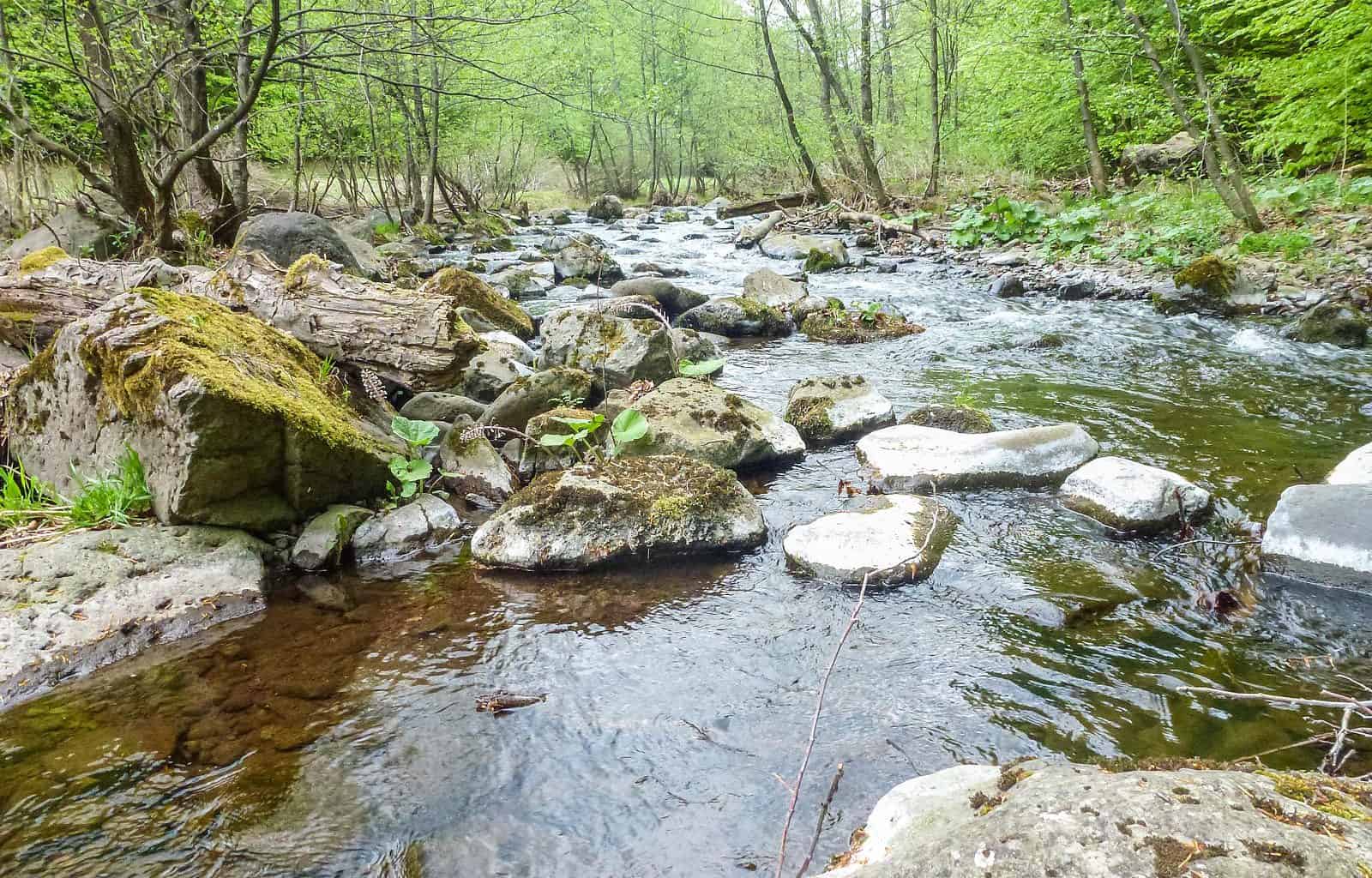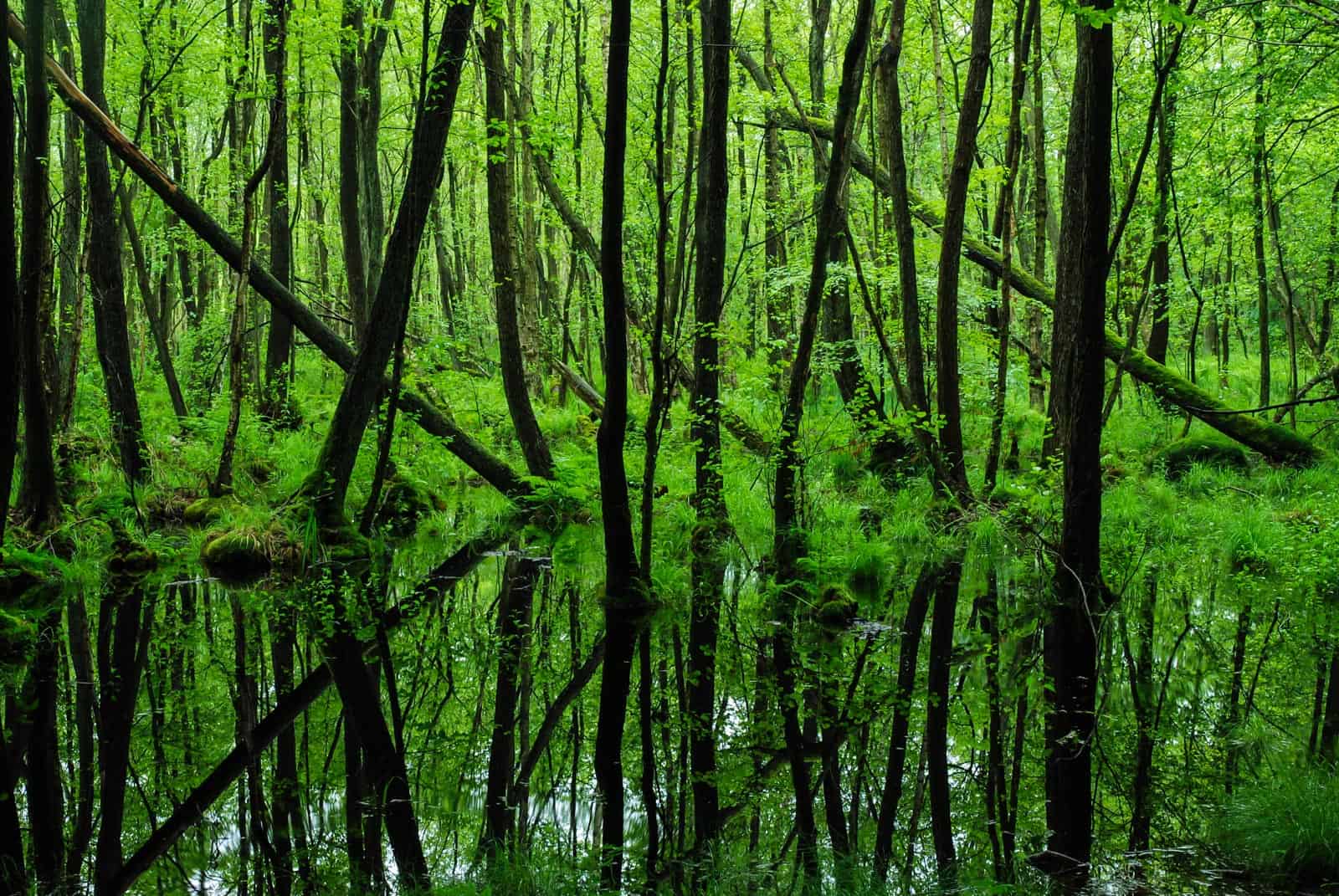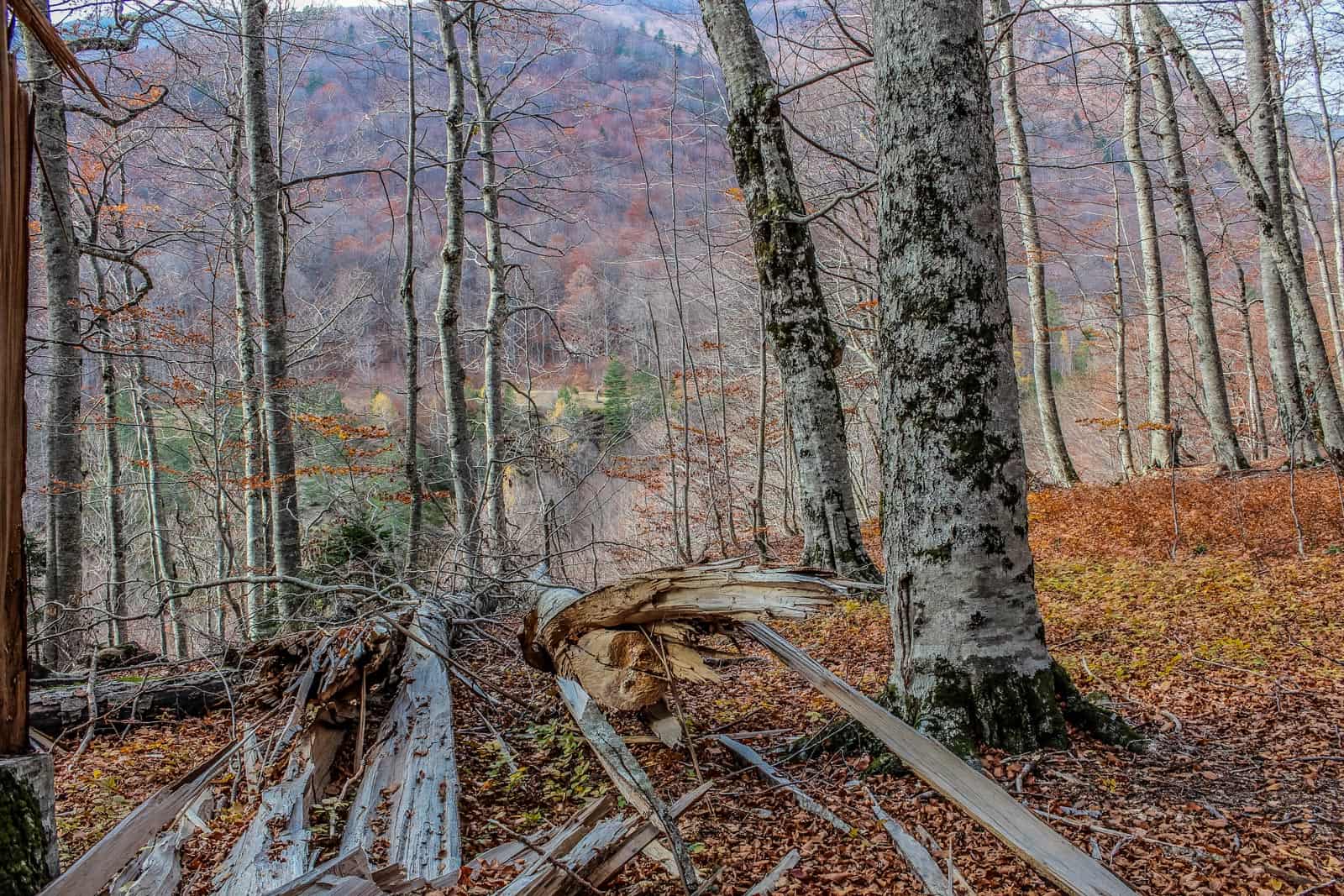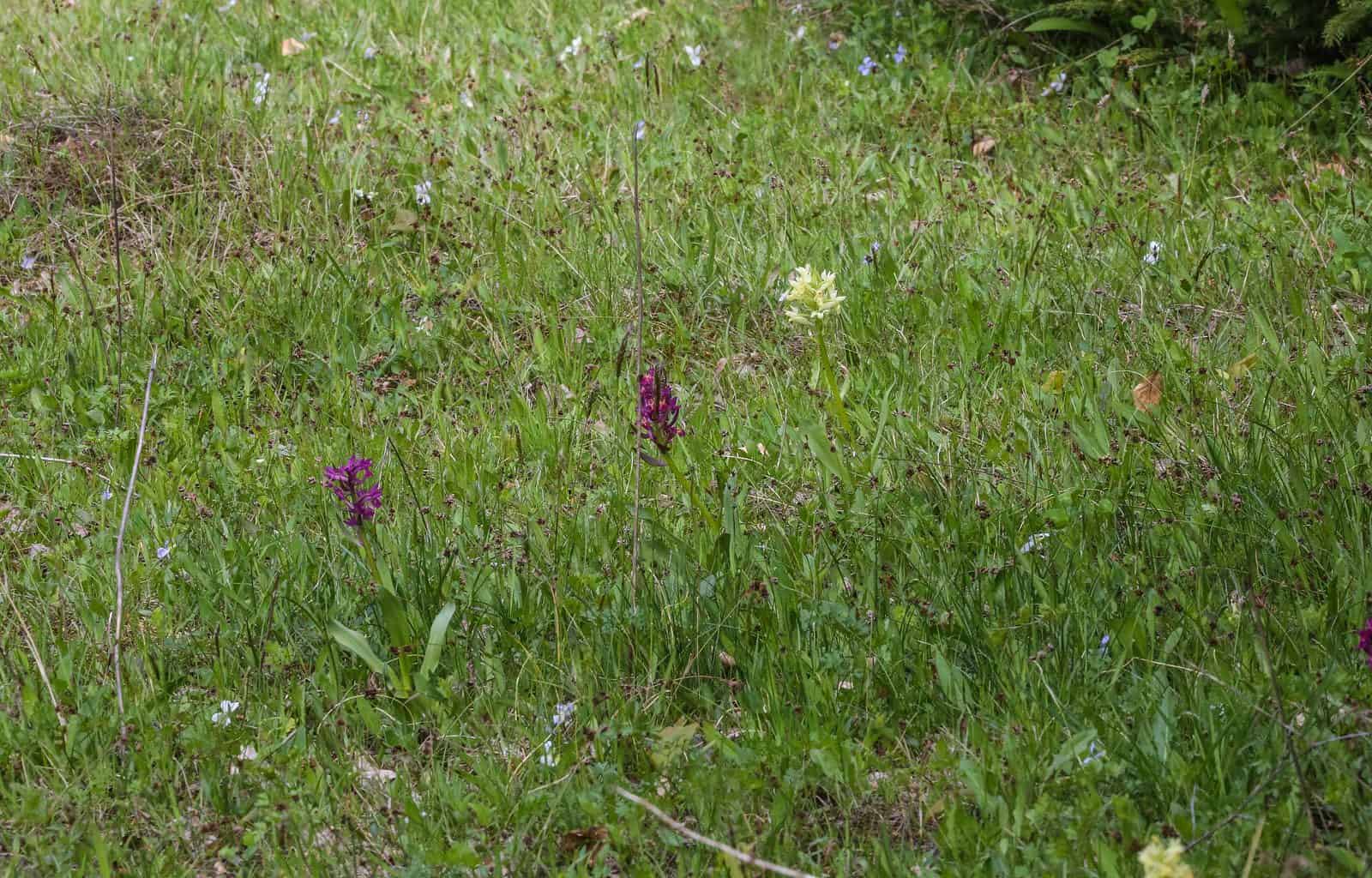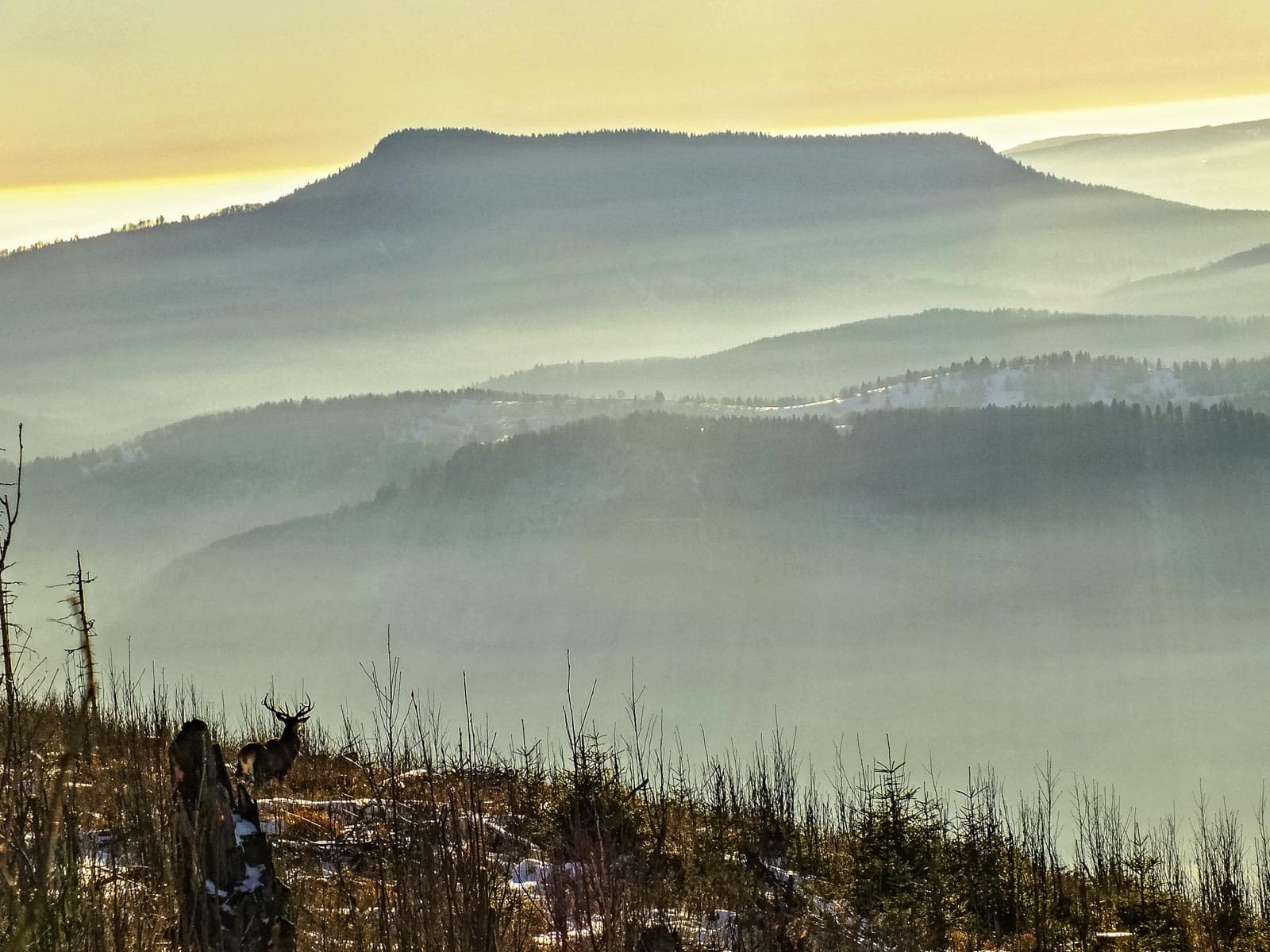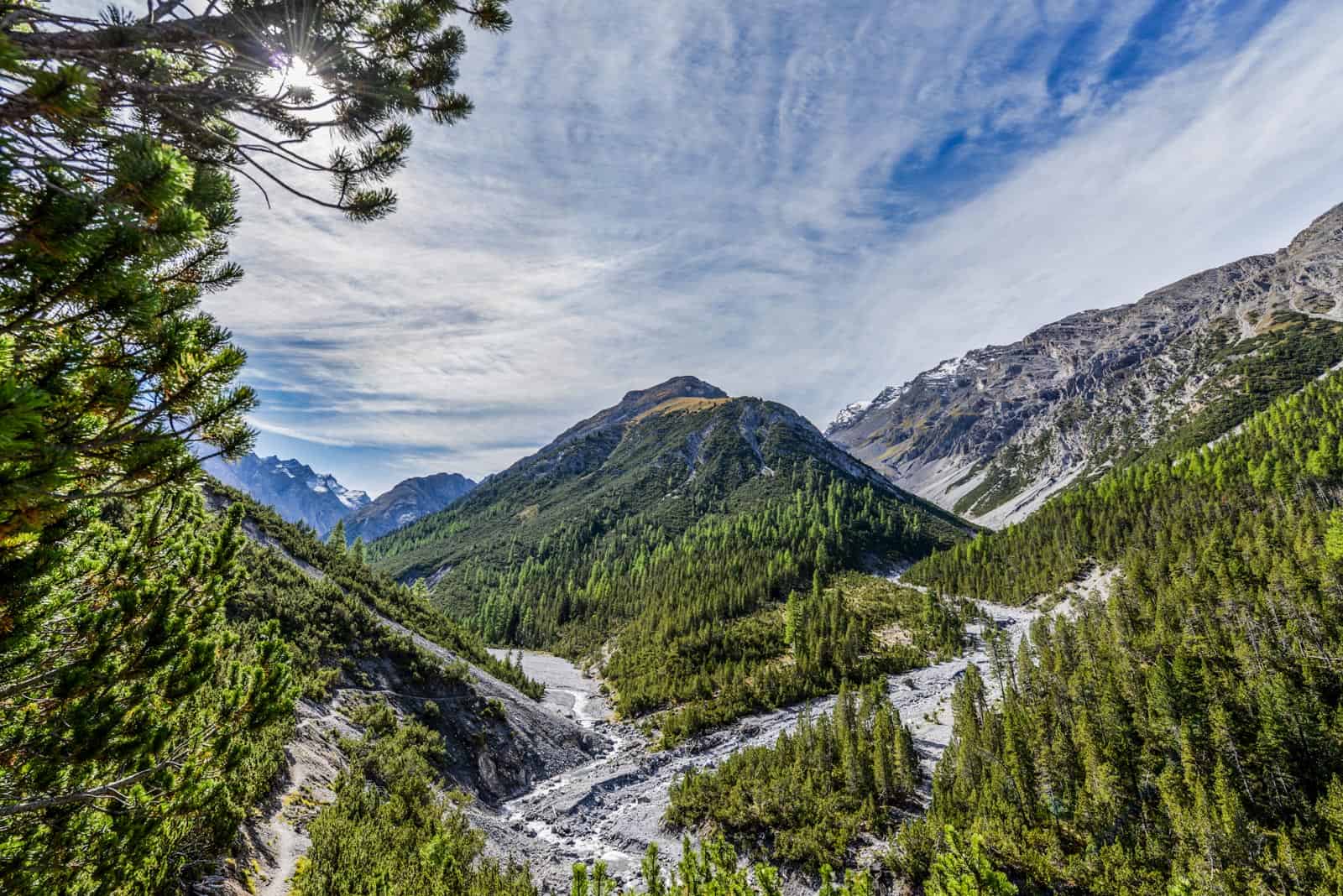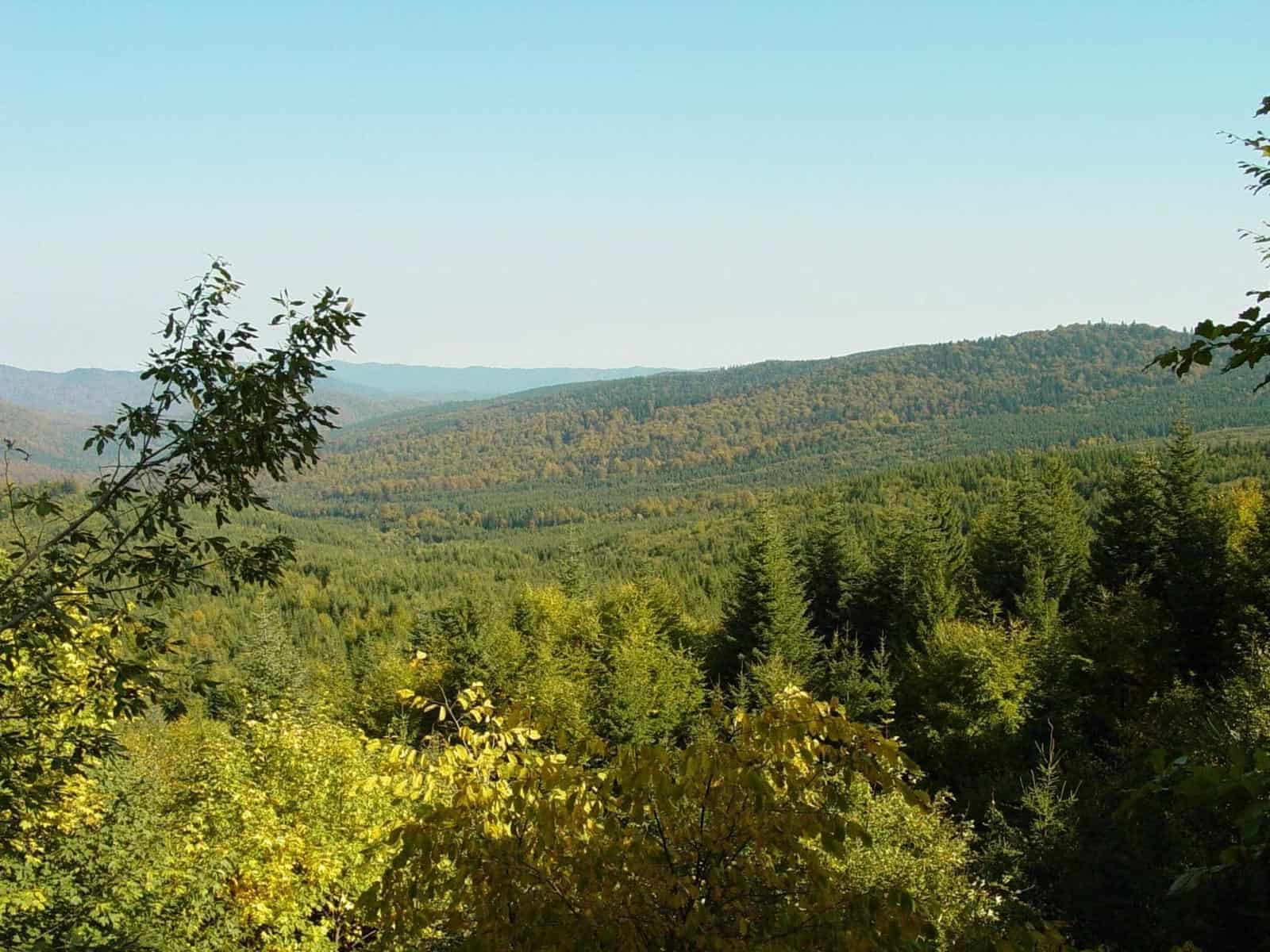Königsbrücker Heide – from military area to Wilderness
After many years of turbulent history, the Königsbrücker Heide Nature Reserve, Germany has achieved a significant milestone by becoming Wilderness area officially recognized by the IUCN.
Military history
The Königsbrücker Heide is a former military area. The first military training ground here was set up at the beginning of the 20th century and since then military trainings shaped the history of this area. After the Second World War Soviet troops selected this area again as a training ground and located here also nuclear weapons.
Only after the Berlin wall broke down the new future for this land began to be shaped. Nevertheless, it took several years when protected area Naturschutzgebiet Königsbrücker Heide was officially and legally designed. In that time none of the park planners and managers have seen this land as a possible future Wilderness.
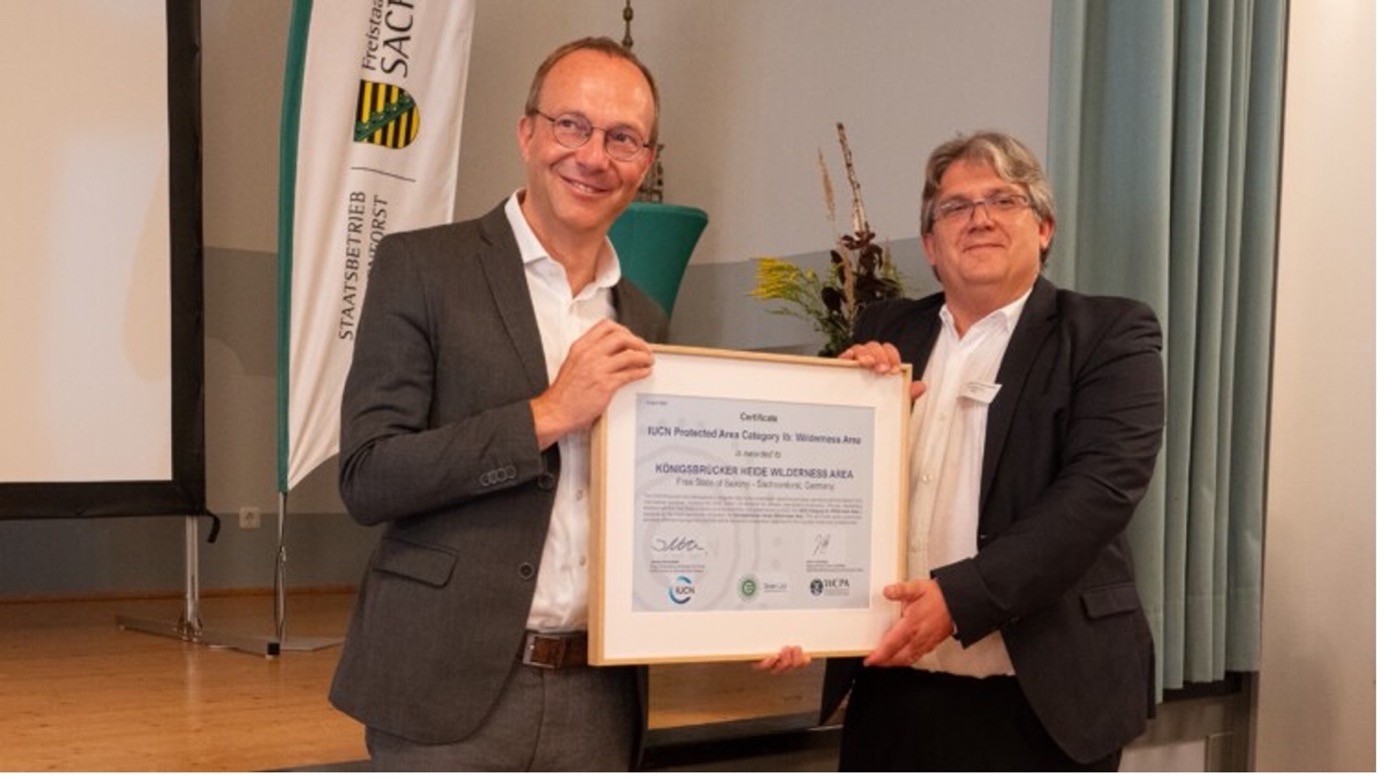
Long way to become a Wilderness
Once this area was officially and legally designed as protected area (in 1996) long discussion resulted to set up a long-term objective. That objective became to set up line of management decisions with the final objective to protect this area as Wilderness.
Natural spontaneous process gradually led to “secondary wilderness”. Something unthinkable during previous decades. The land used intensively for ca 90 years as a military training area was heavily impacted by military heavy machines and munition.
This is the area which because of this history is still polluted today by ammunition residue, abandoned roads, bridges, concrete bunkers. All these remains gradually decompose and are overgrown with vegetation.
Secondary Wilderness and biodiversity
This 7 036-hectare of wilderness area is about 30 km north of Dresden and is becoming naturally part of the Upper Lusatian Heath.
The area, which was temporarily secured as a nature reserve in 1992 and officially designated as such in 1996, now has a great deal of biological diversity. Biodiversity is based, among other things, on the alternation of a very dry and very wet locations and habitats. This results in a great wealth of sometimes rare animal and plant species.
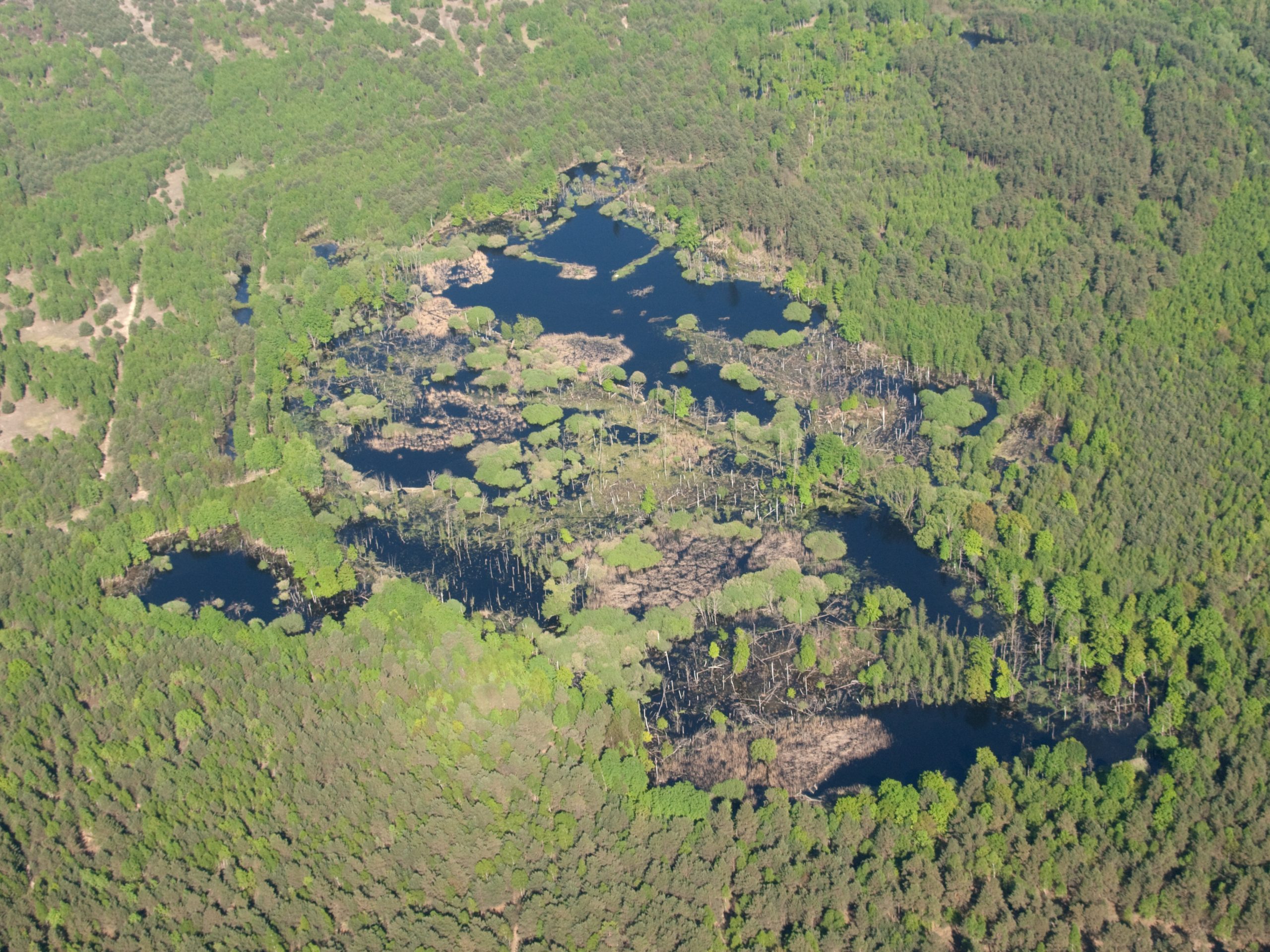
History of Wilderness Audit
The real journey internationally recognized the Königsbrücker Heide Wilderness, began with support of the European Wilderness Society. It was in times when this previous military training area met the rigorous criteria of the Wilderness Quality Standard and Audit System.
The engine behind this achievement was that the park managers were from the beginning committed to follow the simple Wilderness management principle – to keep hands off! This means that instead of being active land managers, they increasingly became wilderness stewards.
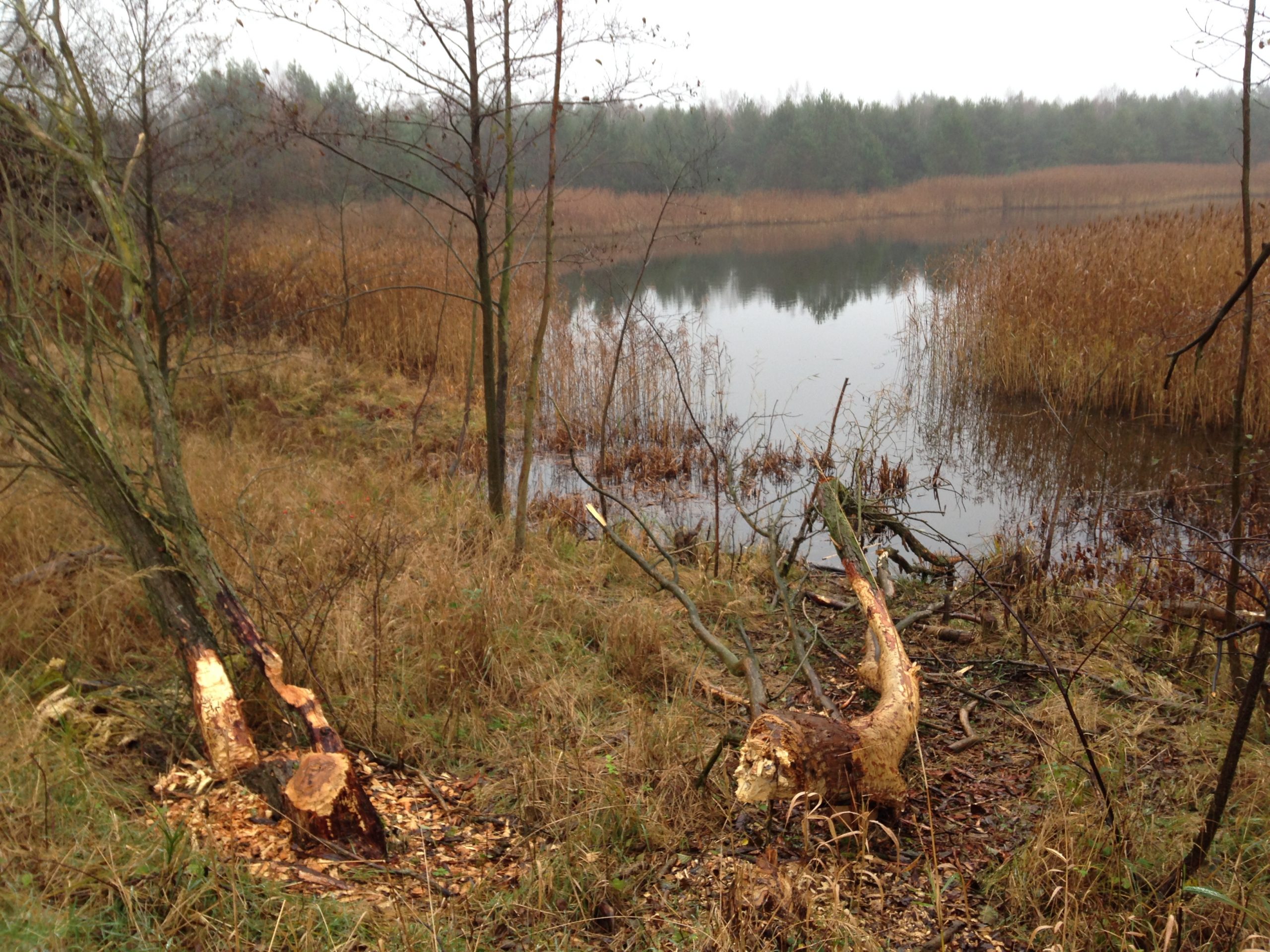
Importance of IUCN recognition
Watching spontaneous nature self-recovering process was a great training. That was the lessons learning period about the power of nature to restore the land the men destroyed for decades. Very likely nobody in that time believed that after about 20 years the park managers will face a situation when this area will be internationally recognized as strictly protected land and finally Wilderness in the IUCN category Ib.
This effort is a part of a conservation effort in recent years, culminating in this prestigious acknowledgment. IUCN recognition underscores the area’s importance of commitment to protect spontaneous rewilding process.
Conclusion
Königsbrücker Heide Wilderness become a large coherent area, which provided good conditions for a re-naturalisation of previous military training grounds with a potential to become an important Wilderness in Germany.

